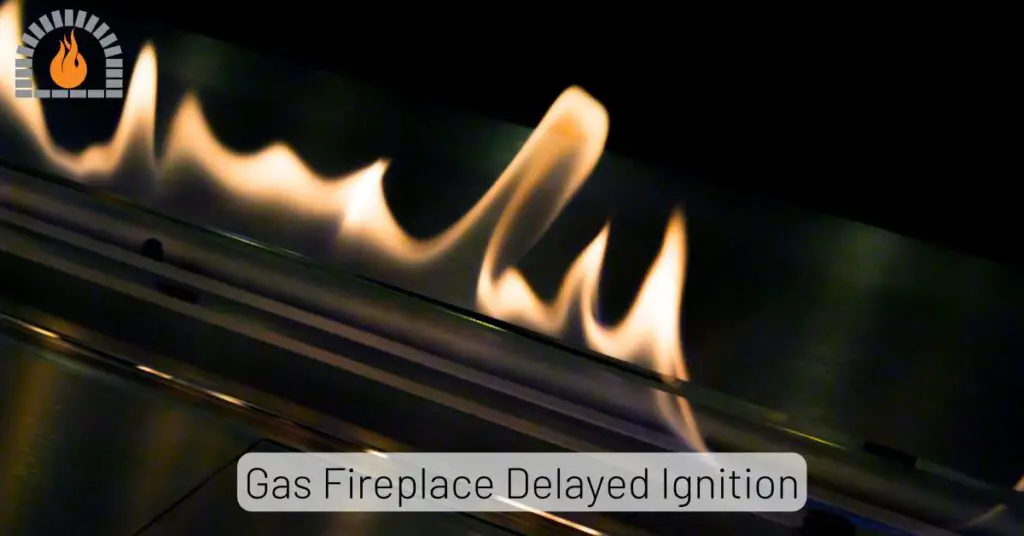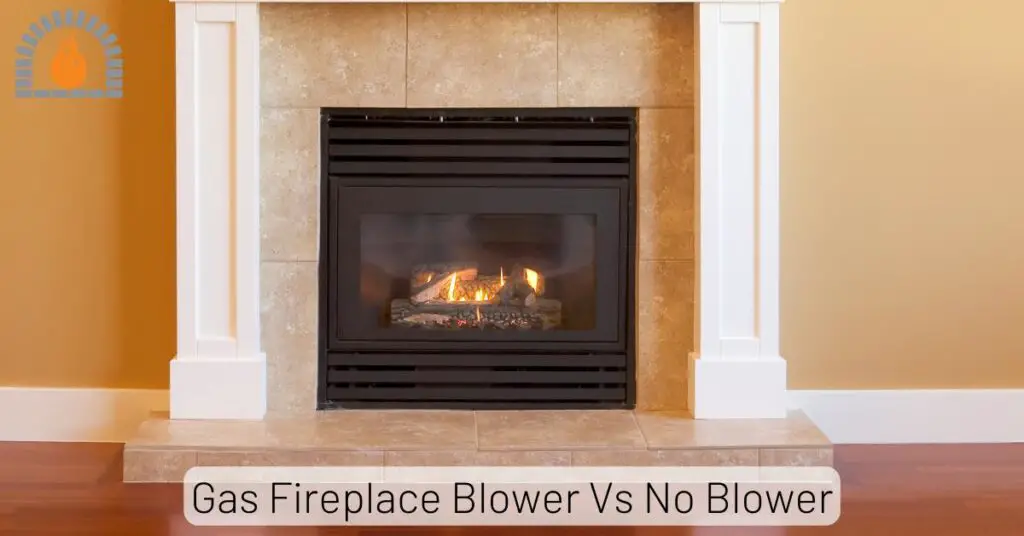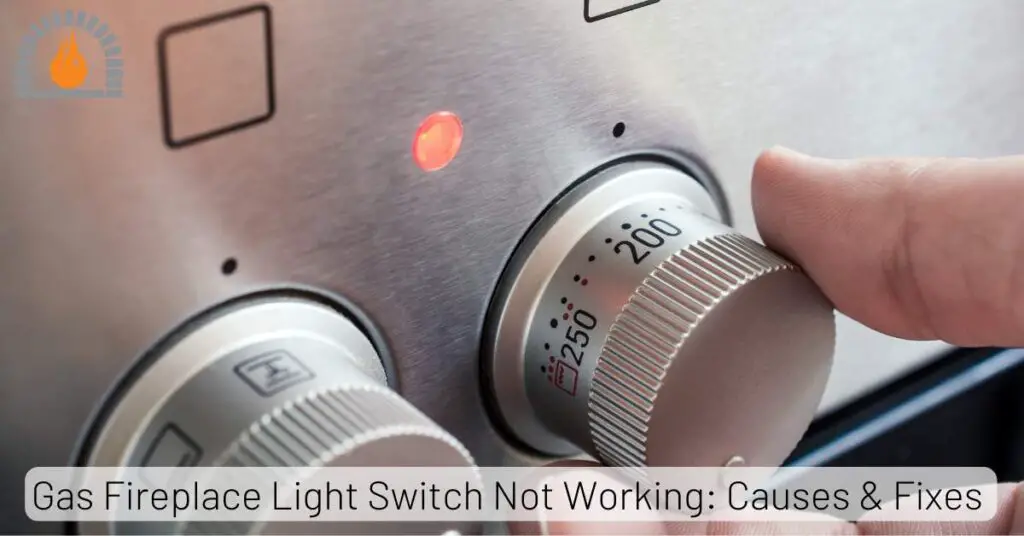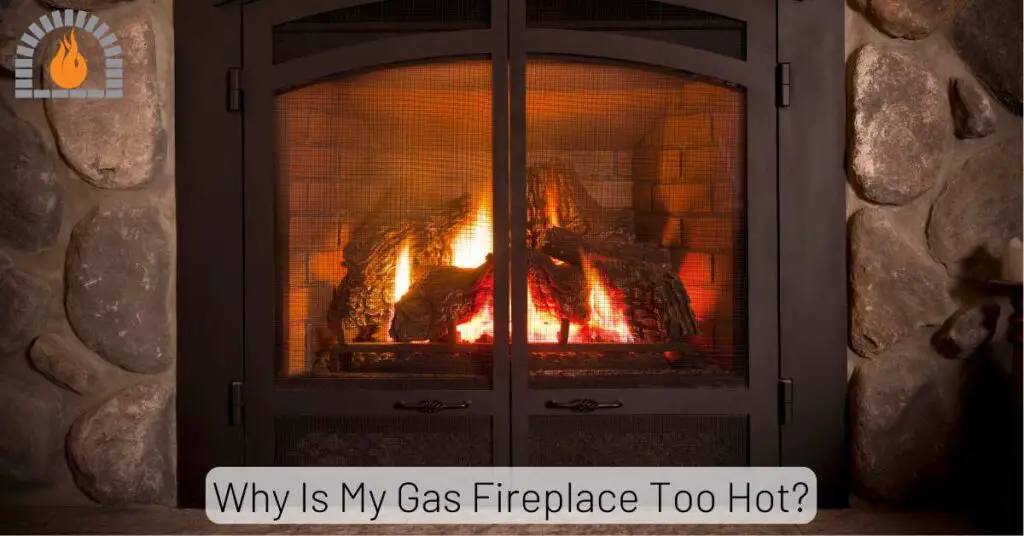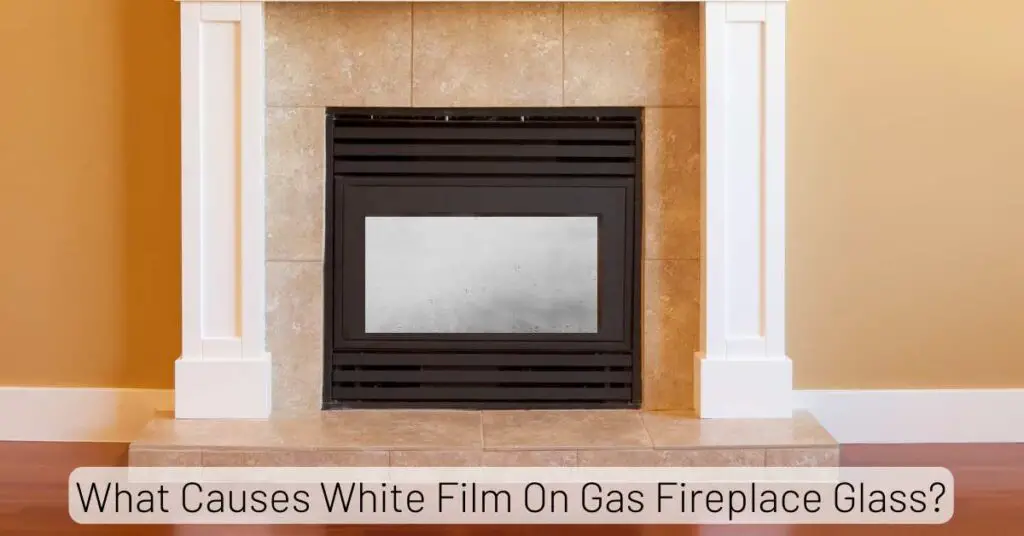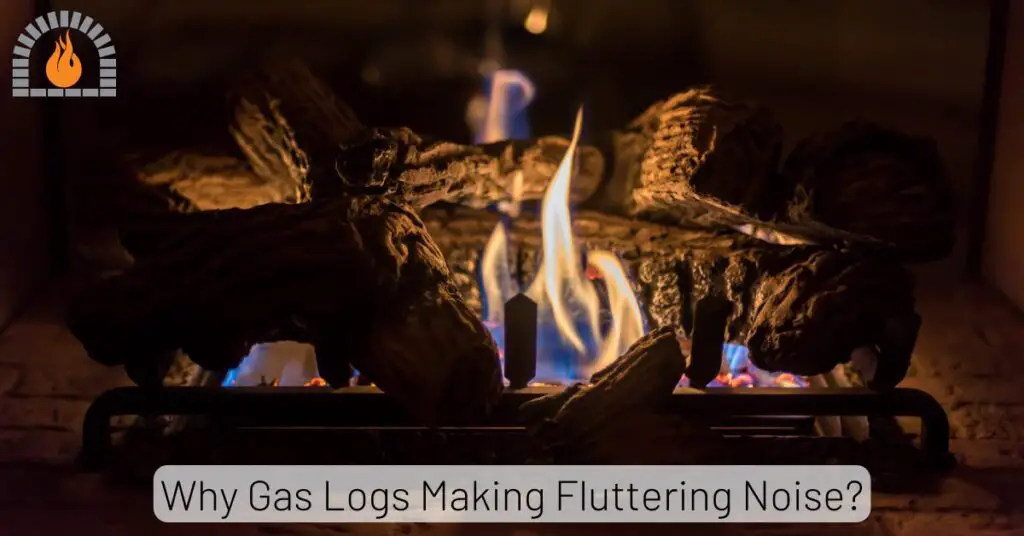A gas fireplace adds warmth, ambiance, and comfort to your home, but like any appliance, it requires maintenance. One critical component that ensures the safety and functionality of your gas fireplace is the gas fireplace regulator. This small but essential device controls the gas flow to your fireplace, ensuring a steady flame and preventing gas leaks.
If your fireplace isn’t performing as expected perhaps the flame is too low, the pilot light won’t stay lit, or you smell gas—you might have a regulator issue.
In this guide, we’ll dive into common regulator problems and provide simple, step-by-step fixes to help you troubleshoot like a pro.
What Does a Gas Fireplace Regulator Do?
A gas fireplace regulator is responsible for controlling the flow of gas from the supply line to the fireplace burner. It ensures that the gas is delivered at the correct pressure, preventing both gas surges and shortages.
Without a functioning regulator, your fireplace could experience fluctuating flames, unexpected shut-offs, or even dangerous gas leaks.
| Image | Product | Details | Price |
|---|---|---|---|
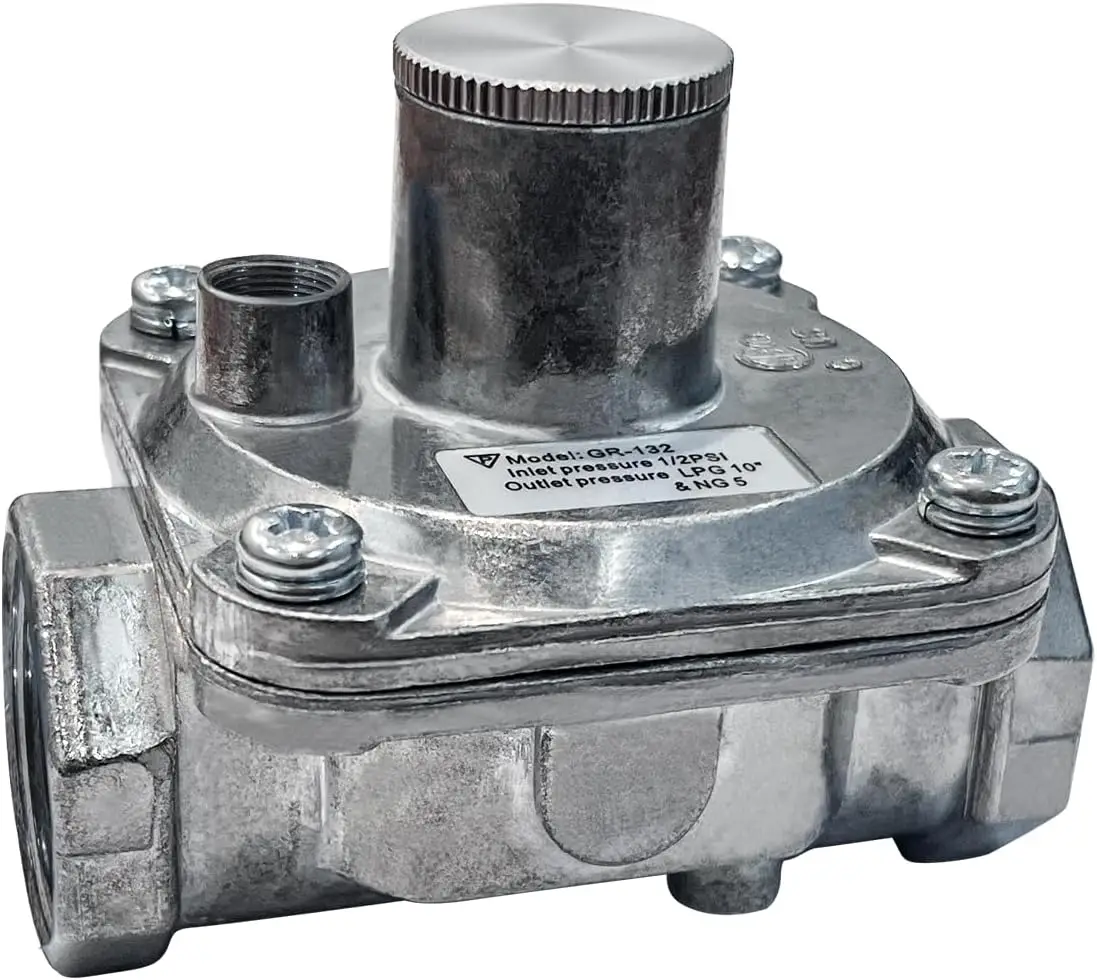 |
Gasland Gas Pressure Regulator | 1/2″ NPT In/Out Gas Pipe, 1/2 PSI(3.5 kPa) Gas Inlet, 5″-10″ WC Outlet Pressure, Gas Pressure Regulator for Liquefied Propane and Natural Gas, Easy To Install | Check Price |
Why Is the Regulator Critical for Performance?
The regulator plays a vital role in the overall performance, safety, and efficiency of your gas fireplace.
Here’s why it matters:
-
A faulty regulator can allow gas to escape, which is a serious safety hazard.
-
Without a regulator, your flame may flicker, diminish, or go out completely.
-
A properly regulated gas flow means your fireplace burns efficiently, reducing gas usage and lowering utility bills.
Common Gas Fireplace Regulator Issues & Fixes
1. Gas Fireplace Won’t Ignite
Causes:
- Closed Gas Supply Valve:
- If the valve supplying gas to the fireplace is closed, no gas will reach the burner.
- Dead Batteries:
- Many modern gas fireplaces use remote controls or thermostats powered by batteries. If these batteries are dead, the fireplace may not ignite.
- Dirty or Faulty Pilot Light:
- A pilot light that is clogged with dirt or debris can prevent ignition.
Fixes:
- Locate the gas supply valve near your fireplace and ensure it is fully open (in line with the gas line).
- Check and replace batteries in your remote control or thermostat to ensure they are functioning.
- Use a soft cloth or compressed air to gently clean around the pilot light. Ensure that it is free from obstructions.
2. Pilot Light Keeps Going Out
Causes:
- Clogged Pilot Assembly:
- Dirt and debris can block the pilot light, preventing it from staying lit.
- Faulty Thermocouple:
- The thermocouple detects whether the pilot light is on and can shut off gas flow if it senses that it is not lighting properly.
- Drafts:
- External drafts can extinguish the pilot light.
Fixes:
- Turn off the gas supply, then carefully clean the pilot assembly using a small brush or compressed air to remove any blockage.
- If cleaning doesn’t help, test the thermocouple with a multimeter. If it’s faulty, replace it according to manufacturer instructions.
- Inspect your fireplace for any drafts. Ensure that windows and doors are sealed properly, and consider adding a draft stopper if necessary.
3. Weak or Low Gas Flame
Causes:
Clogged Burner or Gas Line: Over time, burners can accumulate soot and debris, which restricts gas flow.
Fixes:
- Turn off the gas supply and remove any debris from around the burner using a soft brush or vacuum cleaner.
- If cleaning does not resolve low flame issues, inspect gas lines for leaks or clogs. This may require a professional inspection.
4. Electrical Issues with Switches
Causes:
- Loose Wiring or Faulty Connections:
- Electrical connections may become loose over time, causing intermittent issues.
- Dead Batteries in Remote-Controlled Systems:
- As mentioned earlier, dead batteries can prevent operation.
Fixes:
- Check all visible wiring connected to your fireplace for loose connections. Tighten any loose wires securely.
- Again, ensure that all batteries in remote controls and receivers are replaced regularly.
Step-by-Step Gas Fireplace Regulator Troubleshooting
If you suspect your gas fireplace regulator is the issue, follow these troubleshooting steps to identify and fix the problem.
Step 1: Check for Visible Damage
Inspect the regulator for any visible signs of damage, such as cracks, rust, or loose connections. A damaged regulator should be replaced immediately to prevent gas leaks.
What to Look For:
- Cracks or corrosion
- Loose or missing screws
- Signs of wear and tear
Step 2: Test the Gas Pressure
To test the gas pressure, you’ll need a manometer (a tool that measures gas pressure).
Ideal Gas Pressure Readings:
- Natural Gas: 7 inches of water column (WC)
- Propane: 11 inches of WC
Step 3: Clean the Regulator and Connections
A clogged or dirty regulator can impact gas flow and cause several issues, including weak flames or intermittent shutdowns. Cleaning the regulator and its connections is a simple fix that can resolve many problems.
How to Clean the Regulator:
- Locate the gas shutoff valve and turn it off before cleaning. This ensures your safety.
- Using a wrench, carefully disconnect the regulator from the gas line.
- Use a soft brush to clean any dirt, debris, or soot from the regulator. Ensure you reach all connections, fittings, and screws.
- Check for any debris inside the regulator and remove it with compressed air.
- Once clean, securely reattach the regulator to the gas line. Make sure all connections are tight to avoid leaks.
Step 4: Inspect the Pilot Light and Thermocouple
If your gas fireplace isn’t staying lit, the pilot light and thermocouple are critical components to inspect. These two parts work closely with the regulator to ensure consistent operation.
Pilot Light Troubleshooting Tips:
- Ensure the pilot light orifice is clean.
- Make sure the flame is touching the thermocouple.
- If the pilot light keeps going out, the thermocouple or regulator might be faulty.
Thermocouple Inspection Tips:
- Look for corrosion or damage on the thermocouple.
- Use a multimeter to test the thermocouple’s voltage.
Step 5: Adjust the Regulator Settings
In some cases, the gas regulator may need to be adjusted to the correct pressure settings. If the flame is too low or too high, you can make minor adjustments to ensure optimal performance.
How to Adjust the Regulator:
- Most regulators have an adjustment screw, typically found on the body of the regulator.
- Use a flat-head screwdriver to turn the screw.
- Clockwise to increase pressure.
- Counterclockwise to decrease pressure.
- After adjustment, relight the fireplace and observe the flame. It should be steady and appropriately sized.
When to Replace the Regulator
- You smell gas, indicating a possible leak.
- The regulator has visible damage.
- The fireplace flame remains inconsistent despite cleaning and adjustments.
FAQs
Can I troubleshoot a gas fireplace regulator myself?
Yes, basic troubleshooting can be done at home. However, always prioritize safety and know when to call a professional.
How often should I replace my gas fireplace regulator?
Regulators typically last 10-15 years, but replace them if you notice performance issues or gas leaks.
What are the signs of a faulty gas regulator?
Common signs include weak flames, pilot light issues, and a gas odor around the fireplace.
Is a gas fireplace regulator expensive to replace?
The regulator itself costs $50 to $150, but professional replacement may add $100 to $200 in labor costs.
Can a gas fireplace operate without a regulator?
No. The regulator is essential for controlling gas flow and ensuring safe, efficient operation.
Affiliate Disclosure: Fireplaceadviser.com is a participant in the Amazon Services LLC Associates Program. We may earn a commission when you click on certain links on this site and purchase.

Hello!! I am Jamal Khan. I often fix my home electric heaters and gas stove problems and research the common issues in the heating units to improve my knowledge and expertise. The aim of establishing fireplaceadviser.com is to share my expertise and knowledge with my audience.







